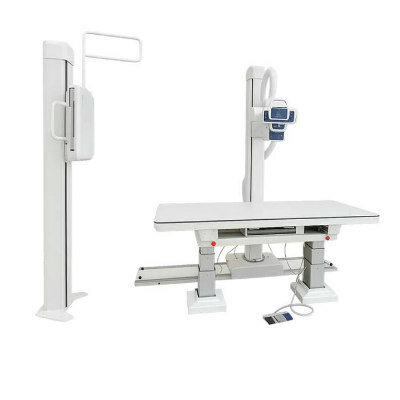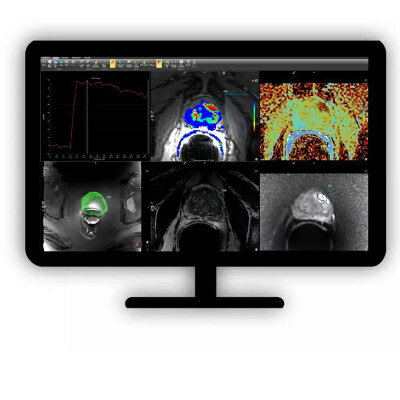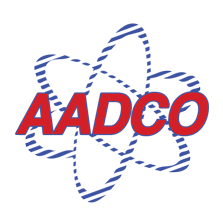Reduced High-Dose Volume Radiotherapy for Bladder Cancer Has Less Toxicity
By MedImaging International staff writers
Posted on 29 Oct 2013
Conventional and reduced high-dose volume radiation therapy (RHDVRT) for muscle-invasive bladder cancer provide similar tumor control and decreased late toxicity when compared to surgery.Posted on 29 Oct 2013
The findings were published October 2013, in the International Journal of Radiation Oncology-Biology-Physics, the scientific journal of the American Society for Radiation Oncology (ASTRO). The research is part of the United Kingdom’s BC2001 clinical trial, one of the largest randomized trials conducted involving radiation therapy (RT) in patients with muscle-invasive bladder cancer.
Cystectomy (partial or whole bladder removal surgery) is often the standard treatment for patients with muscle-invasive bladder cancer; however, advanced RT techniques that spare the bladder may be an effective alternative for patients who are unsuitable for or unwilling to undergo cystectomy. This research was done to determine if some of the disadvantages of RT of the bladder, such as late toxicity risks and local recurrence, could be reduced with a lower dose of RT being delivered to the areas of the bladder outside of the tumor region, and to assess the tumor control and toxicity of RT.
This phase III randomized trial was sponsored by the University of Birmingham (UK), supported by Cancer Research UK, and facilitated by the UK National Institute for Health Research Cancer Research Network. The cohort of participants for this part of the trial included 219 patients from 28 centers across the United Kingdom who received either standard radiation therapy or reduced high-volume radiation therapy. Patients were all age 18 and older and had stage T2 -T4a bladder cancer. Study participants were randomized: 108 received standard whole bladder radiation therapy (sRT) and the remaining 111 patients received RHDVRT, in which the full radiation dose was delivered to the tumor and 80% of the maximum dose was delivered to the uninvolved bladder.
Study participants received RT doses based on their cancer center’s choice of either 55 Gy/20 fractions over four weeks or 64 Gy/32 fractions over 6.5 weeks. For patients in the sRT group, the planning target volume (PTV) was the outer bladder wall, plus the extravesical extent of the tumor with a 1.5-cm margin. For patients in the RHDVRT group, two PTVs were defined: PTV1, as in the sRT group, and PTV2, as the gross tumor volume plus a 1.5 cm margin.
Patients were assessed weekly throughout treatment for toxicity; and side effects were measured at 6, 9, and 12 months post-treatment, and annually thereafter. Furthermore, tumor control was evaluated at 6, 9, and 12 months after treatment and then yearly for up to five years. The median patient follow-up time was 72.7 months post-treatment.
In this radiation-therapy volume comparison of the study, the primary endpoints of interest were late toxicity and local control. Late toxicity was determined in this study to be radiation therapy-related side effects at least one to two years post-treatment. The Radiation Therapy Oncology Group (RTOG) scale and Late Effects of Normal Tissue (Subjective, Objective, Management) (LENT/SOM) scale were utilized to gauge late toxicity in study participants. Rates of late toxicity were lower than expected, and the number of patients reporting RTOG or LENT/SOM toxicities (side effects) was not substantially different between the sRT and RHDVRT groups. The overall cumulative grades 3/4 RTOG toxicity rate was 13% at two years post-treatment, and the percentage of patients with grades 3/4 toxicity at any specific point was shown to be < 8% throughout in both groups.
Two-year locoregional recurrence free (LRRF) rate was 61% for the sRT group and 64% for the RHDVRT group, but noninferiority of locoregional control (validation that the RHDVRT treatment was at least not noticeably inferior than the sRT treatment) could not be properly determined in the study.
“We have now demonstrated that delivering at least 75% of the dose [of RT] to the uninvolved bladder is deliverable across multiple sites without obvious detriment to local disease control or survival, although noninferiority could not be formally confirmed,” said lead author Robert A. Huddart, PhD, of the Institute of Cancer Research (London, UK) and the Royal Marsden NHS [National Health Service] Foundation Trust (London, UK). “These results confirm, however, that RT is an effective alternative for patients unable to undergo cystectomy. Further study using image-guided treatment with or without dose escalation is now also warranted.”
Related Links:
University of Birmingham
Institute of Cancer Research
Royal Marsden NHS Foundation Trust














